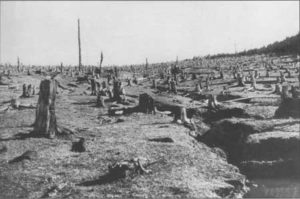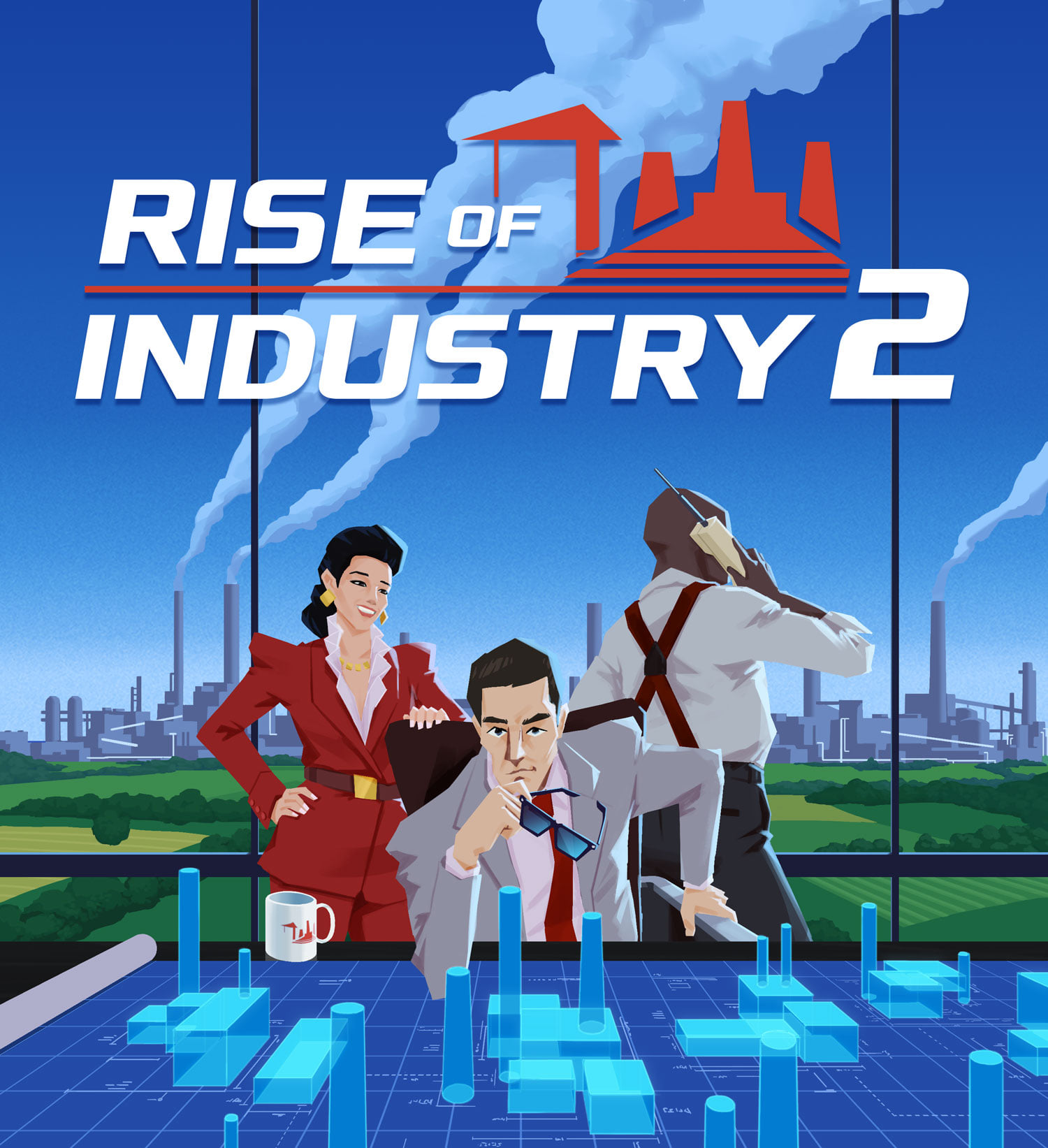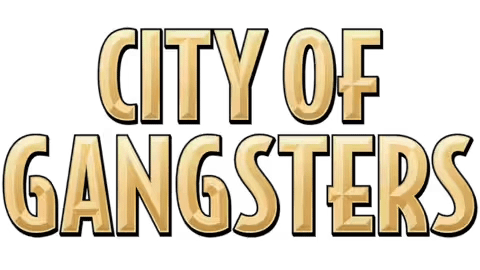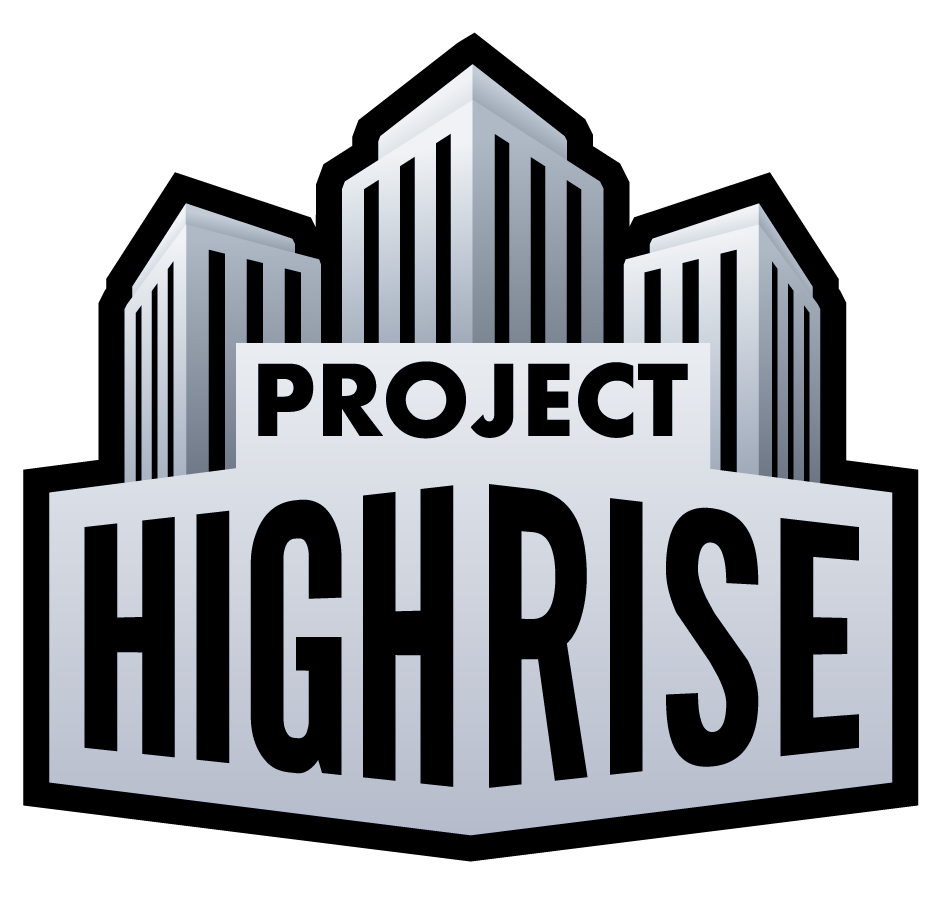A while back, I started by talking about the historical context of our game in the California Gold Rush. I think we’re doing pretty well in sticking to the historical context while allowing for readable, fun game assets. I’ll have more concept art to share on Friday!
One of the key points that comes out of the history is the sheer number of people that moved to California during the Gold Rush. 300,000 people in the course of six years and most of them came in the first few. So my question was “what did that look like?”
 First, I think it would have looked fast. I know that’s a strange statement, but all of a sudden entire towns of thousands of people would have sprung up ex nihilo – literally out of nothing but nature and within the span of a few months. Materials at hand would have been used – so out here, that was bad news for redwood trees and old growth forests. Wood buildings mixed with tents and shacks. Calling these places “towns” at the time was probably an exaggeration – glorified campground was probably more appropriate.
First, I think it would have looked fast. I know that’s a strange statement, but all of a sudden entire towns of thousands of people would have sprung up ex nihilo – literally out of nothing but nature and within the span of a few months. Materials at hand would have been used – so out here, that was bad news for redwood trees and old growth forests. Wood buildings mixed with tents and shacks. Calling these places “towns” at the time was probably an exaggeration – glorified campground was probably more appropriate.
 In the first years of the Gold Rush, necessity trumped most other considerations. In other migrations, people came with the intention of staying and building new communities and towns. They were pioneers set on staying. Not so with the Gold Rush migrants. They had two primary concerns – finding gold or making money off those that were looking for gold. City planning, providing services, cleaning things up, ensuring building standards all would come much later. There was a lot of money to be made and that was the driving ethos of the day.
In the first years of the Gold Rush, necessity trumped most other considerations. In other migrations, people came with the intention of staying and building new communities and towns. They were pioneers set on staying. Not so with the Gold Rush migrants. They had two primary concerns – finding gold or making money off those that were looking for gold. City planning, providing services, cleaning things up, ensuring building standards all would come much later. There was a lot of money to be made and that was the driving ethos of the day.
 We also had to consider what the people (non-player characters or NPCs) that inhabit these towns would look like. Those who came to California in 1849 were almost entirely men in their late 20s or early 30s. 70% were Americans from the eastern states. Since they came either “around the horn” or overland by wagon, they probably didn’t bring very much with them. They probably had very few sets of clothing that they wore to work and sleep in.
We also had to consider what the people (non-player characters or NPCs) that inhabit these towns would look like. Those who came to California in 1849 were almost entirely men in their late 20s or early 30s. 70% were Americans from the eastern states. Since they came either “around the horn” or overland by wagon, they probably didn’t bring very much with them. They probably had very few sets of clothing that they wore to work and sleep in.
So essentially, this whole period has a look that’s a bit of a paradox when it comes to planning for art. Primarily, it was a chaotic mess. No one was planning or directing development. Almost no services that contemporary towns would have had were in place. Necessity and greed alone drove building and development. But at the same time, since this was all being done at the same time and often by the same people, everything would have had a fairly uniform look. These weren’t towns like Philadelphia or Santa Fe that had been around for centuries and had seen architectural and design sensibilities come and go. These places were very much products of their specific time modified by their place.
The challenge for art production and design of buildings, farms, mines and NPCs really was how to reflect that paradox: how to represent the chaos and madness of the rush and maintain that accidental unity of style that you get when a place is built all at once and mostly inhabited by a singular class of people.
So when thinking about how buildings (and to a lesser degree NPCs) would look, it was very important to try to put ourselves into the 19th century. What would have been important for that building or mine and what would they just not have bothered to do? How do you keep buildings recognizable to the player? We want the player to know right away the difference between a brewery and tailor and a gold mine from a silver mine. But at the same time, most of the buildings historically would have been deeply similar.
Tomorrow, I’ll have some concept art on stores that shows how (I think) we’ve managed to square that circle.



